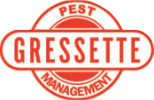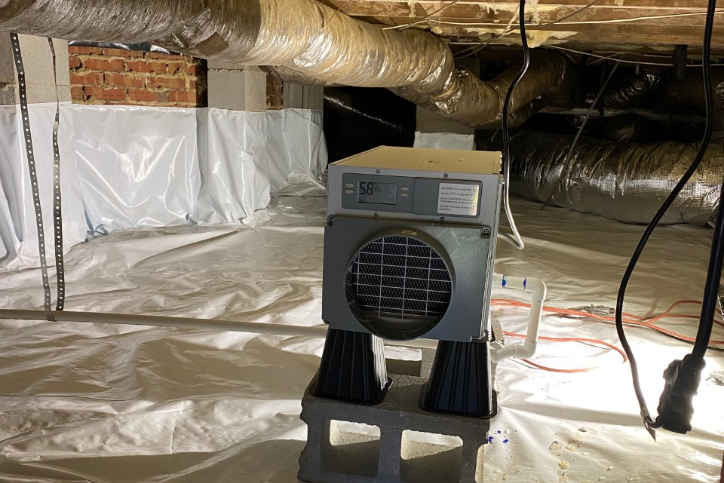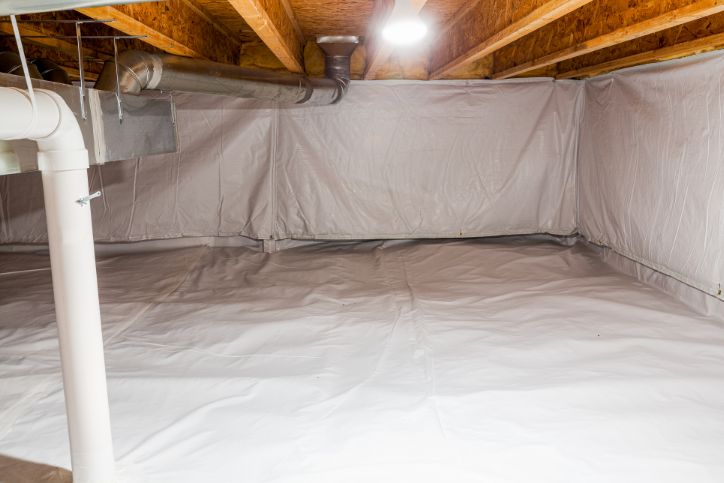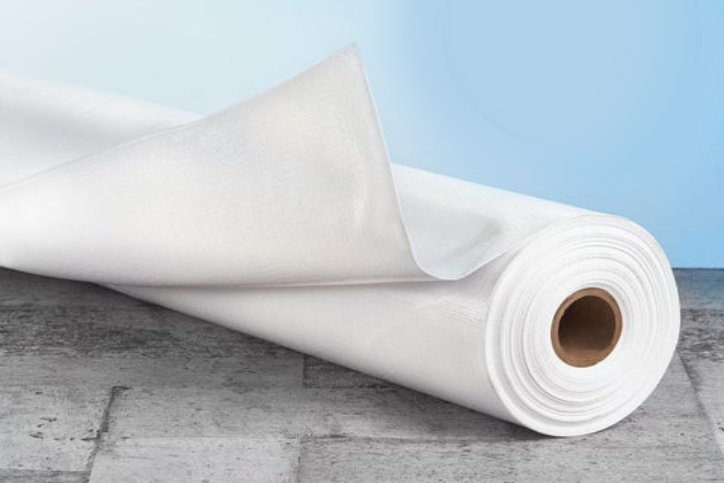As a pest management company, we often get asked about the brown recluse spider, one of the most feared spiders in the United States. Brown recluses are known for their venomous bite, which can cause severe tissue damage and even death in some cases. In this article, we will take a closer look at what a brown recluse looks like and how to identify it.
Firstly, it is important to understand that brown recluses are not aggressive spiders. They are called "recluses" for a reason; they prefer to avoid contact with humans and will only bite as a last resort. In fact, brown recluse bites are relatively rare, but when they do occur, they can be serious.
So, what does a brown recluse look like? Brown recluses are small spiders, measuring about 1/4 to 3/4 inch in body length. They have a characteristic violin-shaped mark on their cephalothorax, which is the part of the body where the legs attach. The violin shape is made up of a dark brown or black area with a lighter tan or yellowish area surrounding it. This marking is not always present, but it is a good identifying feature when it is.
In addition to the violin marking, brown recluses have several other distinguishing features. Their legs are long and thin, and they are covered in fine hairs. The legs are uniform in color and are usually a light brown or yellowish color. Brown recluses also have six eyes, which is unusual for spiders as most have eight eyes.
The body of a brown recluse is typically a light brown or tan color, and it is covered in fine hairs. They have a relatively flat body shape, which allows them to hide in tight spaces. Brown recluses are most commonly found in homes and other buildings, where they hide in cracks and crevices, under furniture, and in other dark, sheltered areas.
It is important to note that not all spiders with a violin-shaped marking are brown recluses. There are several other species of spiders that have similar markings, including the desert recluse, the Arizona recluse, and the Chilean recluse. These spiders are not as venomous as the brown recluse, but they can still cause a painful bite.
To identify a brown recluse, it is important to look for all of the distinguishing features, including the violin-shaped marking, the uniform color of the legs, and the flat body shape. If you are unsure whether a spider is a brown recluse, it is best to err on the side of caution and contact a pest management professional for assistance.
If you do find a brown recluse in your home, it is important to take steps to eliminate the infestation. Brown recluses are nocturnal spiders, which means they are most active at night. They prefer to hide in dark, sheltered areas during the day, so it is important to check these areas regularly and eliminate any hiding spots.
One of the best ways to prevent brown recluse infestations is to keep your home clean and clutter-free. Brown recluses are attracted to cluttered areas, as they provide plenty of hiding spots. Regular vacuuming and dusting can help to eliminate hiding spots and prevent infestations.
Sealing cracks and crevices in your home can also help to prevent brown recluse infestations. These spiders are small and can fit through very small openings, so it is important to seal all potential entry points. This includes gaps around windows and doors, cracks in the foundation, and gaps around plumbing and electrical lines.
If you do find a brown recluse in your home, it is important to handle it with care. As previously mentioned, brown recluses are not aggressive spiders
If you suspect that you have a brown recluse infestation in your home, it is important to act quickly. Contact a pest management professional to assess the situation and develop a plan to eliminate the infestation.
At Gressette Pest Management, we have extensive experience in dealing with brown recluse infestations. Our team of experts can identify the spider and develop a customized treatment plan to eliminate the infestation and prevent future problems.
Don't take chances with your health and safety. Contact Gressette Pest Management today to schedule a consultation and learn more about how we can help you deal with brown recluse infestations and other pest problems.







